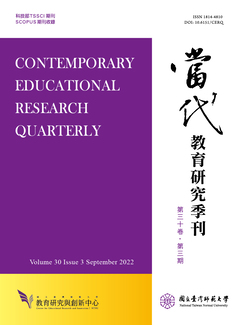

The western critical theory which was used to construct the Taiwan indigenization education theory has never been indigenized, and hence Taiwan indigenization education superficial and politically stigmatized for increasing ethnic struggle. This article attempts to build a discourse for connecting indigenization education, which based on Taiwanese essentialism, and the localization education, which based on civic participation. The discourse about the atmosphere and the dignity in the village, which partly derived from Gernot Böhme's Atmosphere Aesthetics, tries to construct the aesthetic power mechanism in the school. Mostly indigenization education in Taiwan focused on curriculum but this article emphasizes space-reconstruction and tries to liberate students and teachers from the functionalized school cultural space dominated by Taiwanese education fanaticism. 'Atmosphere' indicates that the spaces would 'speak', and 'dignity' refers to the actions that make the most proper arrangement of the shape, color and nature in the spaces. The tacit knowledge from practicing ‘The Classroom in the Community' curriculum in a remote junior school was analyzed for reiterating this new path.

This work is licensed under a Creative Commons Attribution-NonCommercial 3.0 Taiwan License.
Center for Educational Research and Innovation, National Tawain Normal University
162, Ho-Ping East Rd, Sec. 1, Taipei, Taiwan | Tel:+886-2-7749-3670 | E-mail: cerecerq@gmail.com
CERI | NTNU | E-mail Alerts | Open Journal System
© 2014 CERI-NTNU
